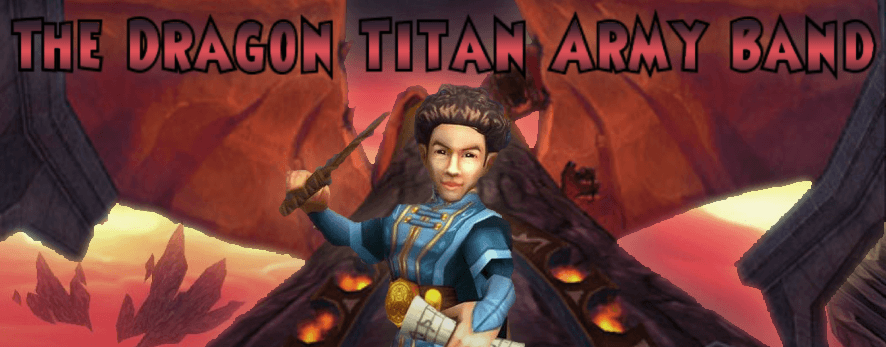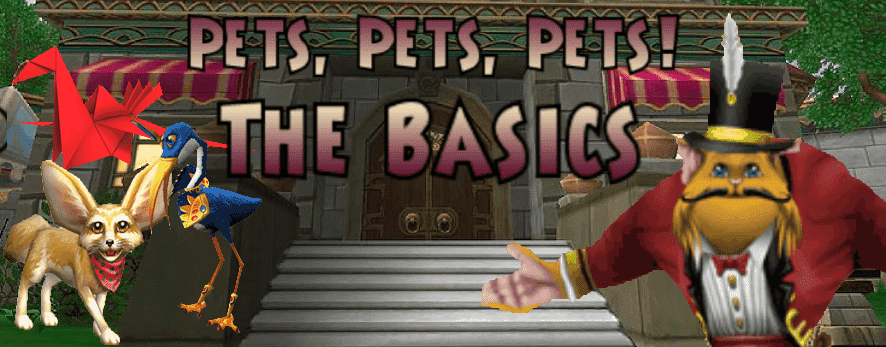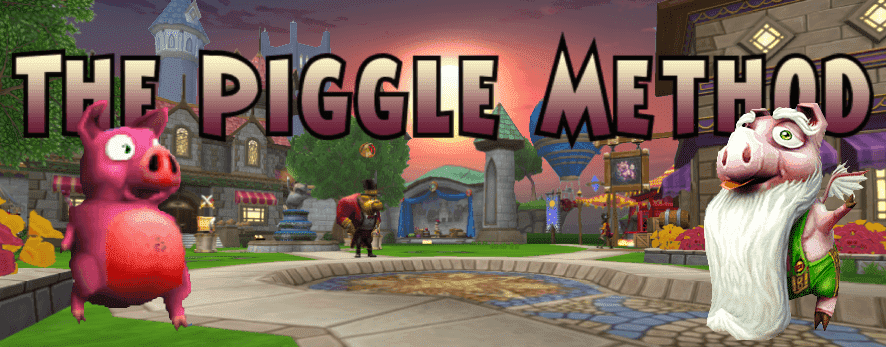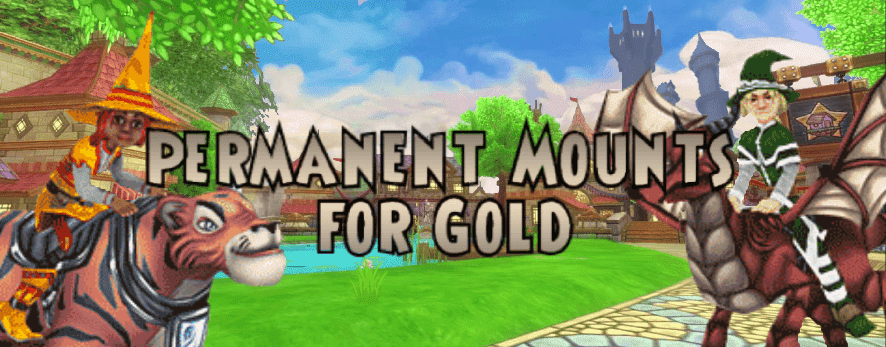Tag: dragon
-

The Dragon Titan Army Band
•
Intended for Musician and Non-Musician Alike “Things started turning darker. Kingsisle were talking about dark and epic Mordor Wagner ‘Flight of The Valkyries’ in The Ring Cycle. I am looking at concept art and the NPC characters had Russian military influence; All the architecture was darker – more foreboding.” –…
-

Pets, Pets, Pets! Basics
•
To begin with pets in the spiral there are a few things you need to do first. This article is meant to help you figure out where to begin being a pet owner in game. 1. Plant a garden! I know, you thought this article was about pets, well it is.…
-

Copying a Pet Using the Piggle Method
•
So, you want to make a great pet for questing? Unless you’re an experienced pet hatcher, I recommend that you copy a pet from the Hatchmaking Kiosk. Before you get started, make sure you have a full garden of Couch Potatoes and Evil Magma Peas for a good supply of pet snacks and…
